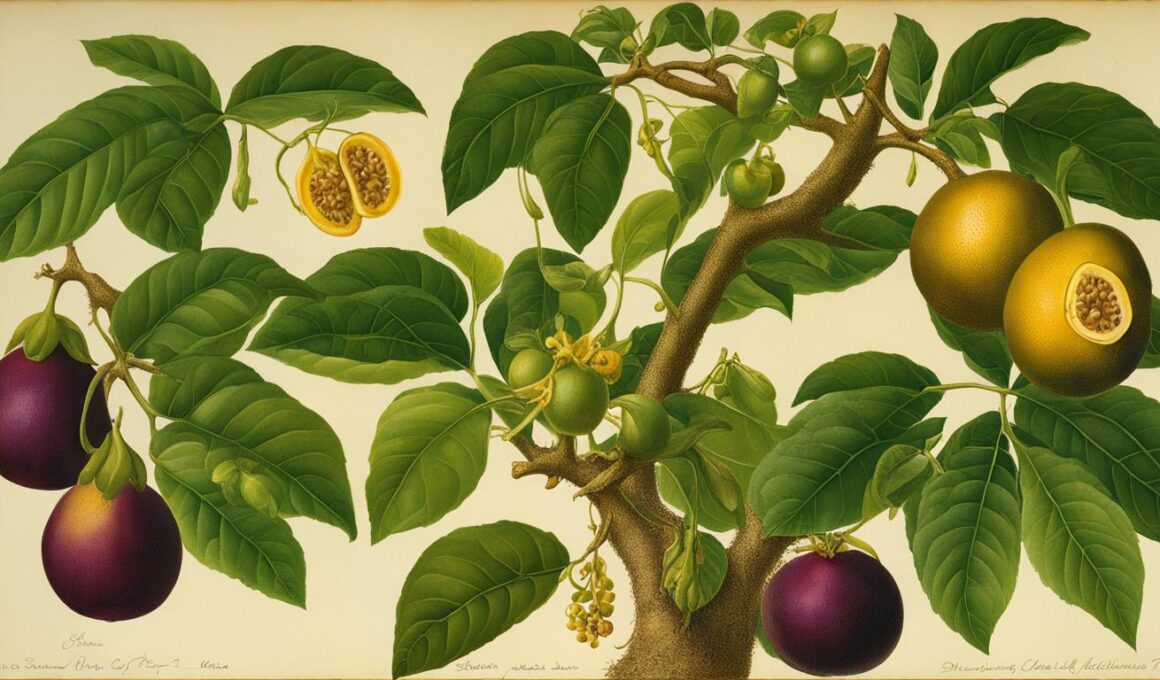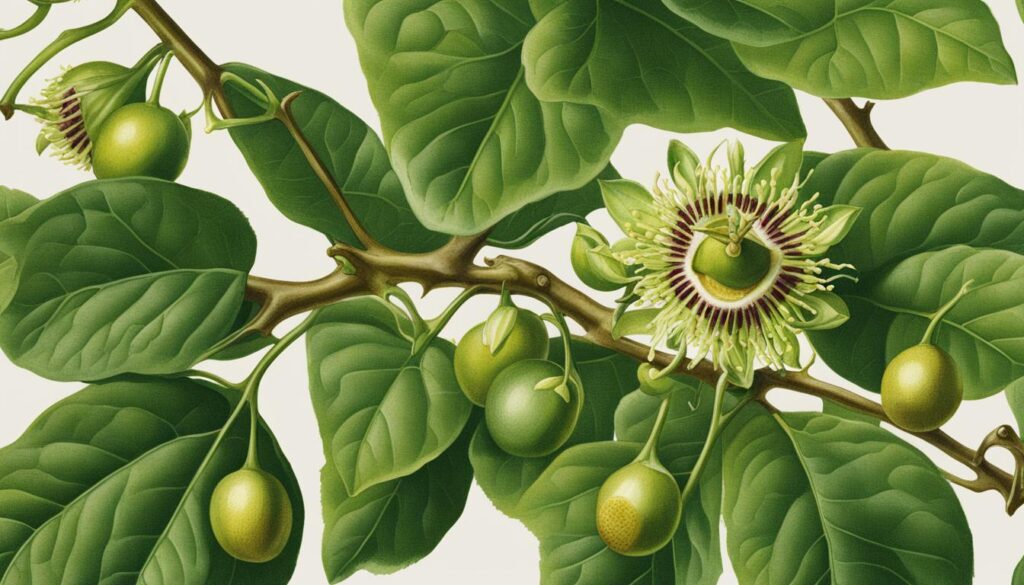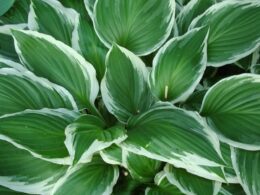Welcome to the world of passion fruit! If you’re an aspiring gardener or simply passionate about growing your own delicious fruits, then understanding the passion fruit growing stages is essential. From nurturing your vines to reaping a bountiful yield, this guide will take you through the journey of cultivating your very own passion fruit.
Passion fruit, scientifically known as Passiflora edulis, is a tropical fruit that thrives in warm climates. While it is commercially grown in tropical and subtropical regions worldwide, it can also be cultivated in certain warm-climate areas of the United States. In fact, places like California, Florida, Hawaii, and Puerto Rico have proven to be ideal for growing passion fruit.
There are several varieties of passion fruit, but the most common ones found in the US are the purple species (Passiflora edulis Sims) and the yellow form (Passiflora edulis f. Flavicarpa Degener). Growing passion fruit vines from either seeds or cuttings requires some specific conditions. These include a warm subtropical or tropical climate, fast-draining fertile soil, full sun exposure, consistent watering, and high potassium fertilizer.
The passion fruit growing stages encompass various phases that are crucial for the overall development of the vine. From the initial germination stage to the later stages of flowering, fruit development, and harvesting, each step plays a significant role in the final outcome – juicy and flavorsome passion fruit.
In this guide, we will delve into each of these stages, providing you with the knowledge and advice you need to successfully grow passion fruit. By following the passion fruit growing stages and nurturing your vines with the care they deserve, you’ll be on your way to a truly bountiful yield of this tropical delight.
Germination Stage
When it comes to growing passion fruit, the germination stage is the first step in the journey to a successful harvest. Whether you’re using passion fruit seeds obtained from mature fruit or purchased commercially, germinating them properly is crucial for healthy seedlings.
To get started, choose pots or seed punnets that provide adequate drainage and fill them with a well-draining potting mix. This ensures that excess water can escape, preventing waterlogging, which can be detrimental to the seeds’ growth.
When planting the passion fruit seeds, make sure they are consistently moist. However, be cautious not to overwater them, as excessively wet conditions can hinder germination. Keep the soil consistently moist, but not waterlogged, to provide the best conditions for the seeds to sprout.
Germination typically takes about 2-4 weeks. During this period, it’s essential to monitor the moisture levels regularly and adjust watering accordingly.
Once the passion fruit seeds have sprouted and grown a few true leaves, they enter the seedling stage. At this point, it’s crucial to provide them with adequate sunlight, water, and nutrition.
To give your passion fruit seedlings the best chance of success, place them in a location that receives at least 6-8 hours of direct sunlight daily. Water them regularly, keeping the soil moist but not saturated. Providing a balanced fertilizer will also help nourish the seedlings as they continue to grow.
By following proper germination practices and caring for your passion fruit seedlings diligently, you’re setting the stage for healthy, vigorous plants that will eventually bear delicious fruits in the future.
Flowering and Fruit Development Stage
Passion fruit vines start producing flowers when they are 6-9 months old. These flowers are not only visually stunning but also play a vital role in the fruit development process.
The flowering stage is a crucial time for passion fruit plants as it marks the beginning of fruit production. Passion fruit flowers are known for their vibrant colors and intricate structures.
Did you know? Passion fruit flowers need to be pollinated to set fruit, and bees are their primary pollinators. Bees visit the flowers, transferring pollen from the male anthers to the female stigma, enabling fertilization to occur.
After successful pollination, the fertilized flowers develop into small green fruit. Over time, these fruits grow larger and undergo a transformation in color, taking on shades of purple, yellow, or red, depending on the specific variety of passion fruit.
Pro tip: Passion fruit typically takes several weeks to ripen fully. To enjoy the best taste and texture, it’s important to monitor the fruits closely. Harvest the fruit when it starts to wrinkle slightly and becomes slightly soft to the touch. This indicates that the fruit is ripe and ready to be enjoyed.
Continuing to nurture your passion fruit plant throughout the flowering and fruit development stage is crucial for a successful harvest. Paying close attention to the needs of your vine, ensuring optimal growing conditions, and providing adequate care will yield delicious and bountiful passion fruits for your enjoyment.
Conclusion
Growing passion fruit can be a rewarding endeavor that brings you delicious and juicy fruits. However, it requires proper care and maintenance to ensure a successful harvest. To start, make sure to plant your passion fruit plants in an area with full sun exposure. They thrive in warm subtropical and tropical climates.
Consistent watering is crucial for passion fruit plants, as they have a high water requirement. Make sure to water them regularly, especially during dry spells. Additionally, feeding your passion fruit vines with a balanced fertilizer that is high in potassium will promote better fruit production.
Regular pruning is necessary to manage the growth of the vine and maintain its health. Pruning helps to remove dead or diseased branches and encourages new growth, leading to a healthier and more productive vine. By following the passion fruit growing stages, nurturing your vines, and providing optimal conditions, you can enjoy a bountiful and juicy yield of passion fruit.
With the right care and attention, passion fruit vines can continue to produce fruits for several years. So, take the time to provide them with the necessary care and watch your passion fruit plants thrive. Enjoy the process and indulge in the sweet rewards of your hard work!
What are the growing stages of passion fruit on a vine compared to other fruits that also grow on vines?
Passion fruit goes through various vineyard wonders: fruits grow vines. It starts as a flower, then develops into a small, green fruit. As it matures, the color changes to purple or yellow, and the skin becomes wrinkled. Unlike some other fruits, passion fruit has a unique and distinctive growing process on the vine.









